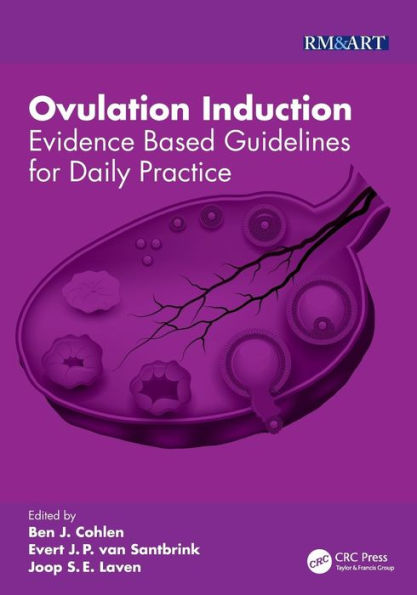5
1
9781498704076



Ovulation Induction: Evidence Based Guidelines for Daily Practice / Edition 1 available in Paperback, eBook

Ovulation Induction: Evidence Based Guidelines for Daily Practice / Edition 1
- ISBN-10:
- 1498704077
- ISBN-13:
- 9781498704076
- Pub. Date:
- 10/11/2016
- Publisher:
- Taylor & Francis
- ISBN-10:
- 1498704077
- ISBN-13:
- 9781498704076
- Pub. Date:
- 10/11/2016
- Publisher:
- Taylor & Francis

Ovulation Induction: Evidence Based Guidelines for Daily Practice / Edition 1
$100.0
100.0
In Stock

Product Details
| ISBN-13: | 9781498704076 |
|---|---|
| Publisher: | Taylor & Francis |
| Publication date: | 10/11/2016 |
| Series: | Reproductive Medicine and Assisted Reproductive Techniques Series |
| Pages: | 206 |
| Product dimensions: | 6.80(w) x 9.90(h) x 0.50(d) |
About the Author
From the B&N Reads Blog
